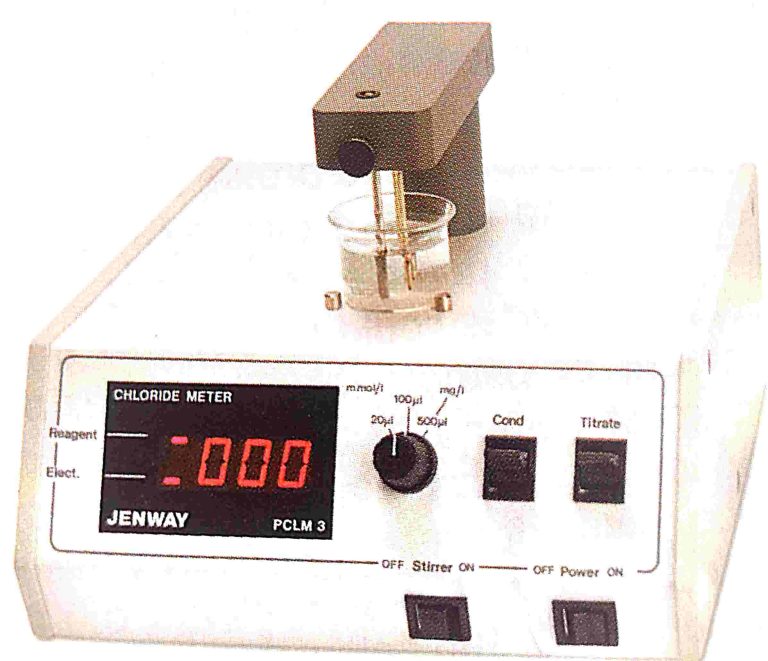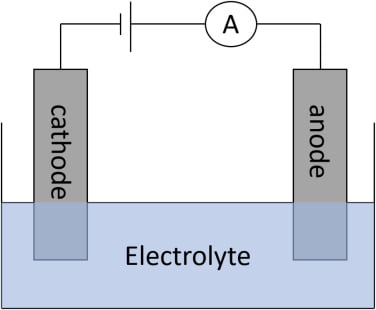Serological and Immunological techniques used in the diagnosis of Microbial Infection.
Enzyme-Linked Immunosorbent Assay (ELISA):-
The term ELISA was introduced by Engvall
and Perlmann in 1971 to describe a subset of the widely used immunoassay technique. It is a highly sensitive assay ,where enzyme is used to show the specific combination either of antigen or antibody. Many different enzymes have been used as tracer in ELISA such as urease, alkaline phosphatase, horseradish peroxidase(HRP) and ẞ-galatosidase. The enzyme consists of –
(a) labelled or linked enzyme to a specific antigen or antibody,
(b) a substrate which is added after the Ag-Ab reaction is acted to generate an assay signal which usually takes the form of a colour dye. The intensity of colour gives an indication of the amount of bound antigen or antibody.
Principle :-
When an unknown antigen is passively absorbed onto a solid phase. its presence can be detected by specific antibody covalently linked to an enzyme. If the known antigen is specific to the enzyme labeled antibody, an antigen-antibody complex will be formed which will bind to solid phase. To this bound complex, if a substance which is specific to the labeled enzyme is added, the enzyme will cause breakdown of the substrate resulting into colour development. The colour developed can be detected either visually or in a ELISA reader.
Requirement for ELISA test:
- Solid phase, preferably 96 wells ELISA microtiter plates
- Coating buffer
- Blocking buffer
- Washing buffer
- Substrate buffer
- Stopping reagent
- Single and multichannel pipette
- Disposable tips
- Wash bottle
- Antigen
- Antibody
- Enzyme labeled antibody anti-species antibody
- Refrigerator
- ELISHA reader
- Incubator
Buffer solution for ELISA
1. Coating buffer-Carbonate-bicarbonate buffer (.05 M, pH 9.6) is commonly used as coating buffer
2. Washing solution:- PBS )pH 7.4) containing 0.05% Tween-20 is commonly used.
3. Blocking buffer:- Any one of the following is incorporated at a concentration shown against them in PBS (pH 7.4) to prepare the blocking buffer. The type of the blocking agent as well as its concentration to be used in preparing the blocking buffer must be standardized prior to its use.
Enzymes:-
– The enzymes which are used for labeling of specific antibodies in ELISA include;
1. Horseradish peroxidase (HRPO), RZ-3 and RZ-0.6
2. Alkaline phosphatase
3. B-D galactosidase.
Substrate:-
The substrate which are used for different enzymes are as follows:
1. Ortho-phenylenediamine (OPD) and H_{2}O_{2} for HRPO.
2. P-nitrophenyl phosphate for alkaline phosphatase .
Stopping reagent :- 1M H2SO4 is used to stopping reagent .
Method of working ELISA
Take a polystyrin microtitre plate 96 Bells and add antigen containing sample and antigen attached to the surfaces.
2. Wash the microtiter plate by using tri- phosphate buffer and detergent tween-20 .
3. Add enzyme linked antibody specified to the Microtiter plate .
4. Again washing of the microtiter plate by using buffer solution.
5. Enzyme and substate will react and form a product which is in brown Colour .
6 then a stopping reagent H2SO4 will be added then coloured will be changed into yellow then observe in ELISA reader ….
Types of ELISA
Four types of ELISA
1. Direct ELISA
2. Indirect ELISA
3. Sandwich ELISA
4. Competitive ELISA
1. Direct ELISA: –
3. Sandwich ELISA: –








